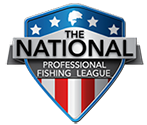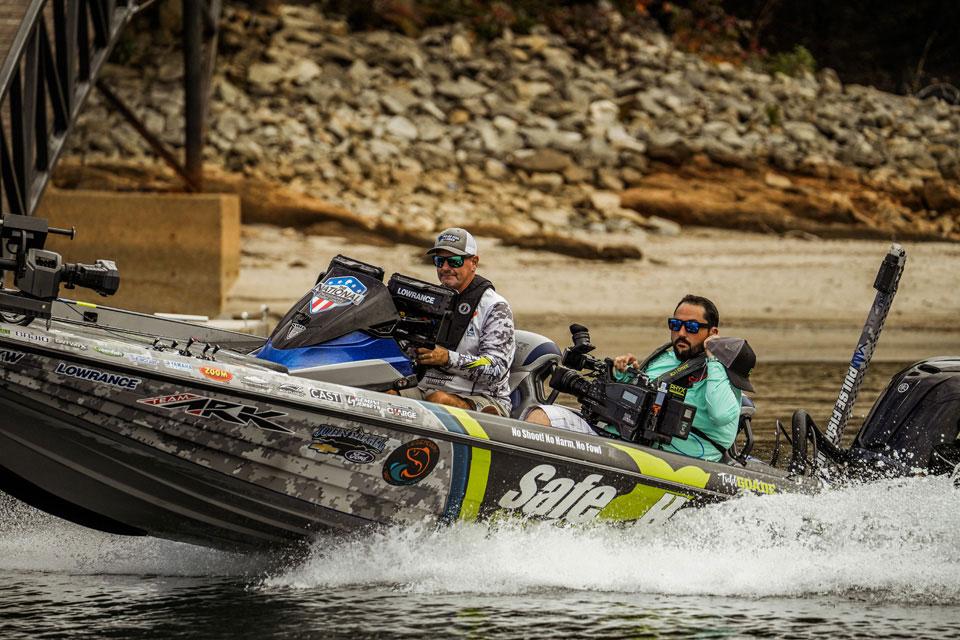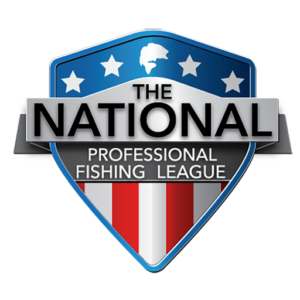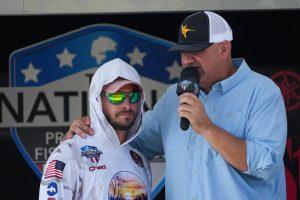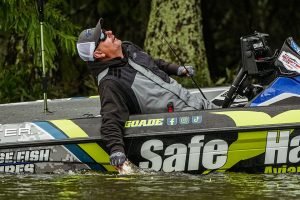Story by Todd Goade | Photos by Tanner & Travis Lyons
As the cold weather of winter starts to give way to spring-like days, we all get excited to get the boat out to our favorite lake to try to catch some fish. For the anglers fishing the NPFL, we’re just over a week away from kicking off our 2025 season at Santee Cooper. Some of us have already gotten out and knocked the rust off, but for me the off season has been super busy with work, shows, and filling customer orders at Pulse Fish.
I’ve been doing some tackle prep, but for this column I want to talk specifically about what I do to make sure my boat is “tournament ready” when I pull out of the driveway on March 1st.
If you haven’t gotten out yet, or even if you have, take a little time to check these things that I inspect to make sure your boat is in tip-top shape to go fishing.
Fuel Additives
I always put a fuel additive in the tank and—because I run a Yamaha SHO—I add their product called “Ring Free.” Over time, ethanol can take its toll on engines and cause damage. Also, I knew after our last event at Lake Murray in December that I wouldn’t be going much if at all, so I wanted to make sure that my fuel was treated properly since the boat would sit for an extended period of time. If you know when you’re going to use your boat the last time before winter, it is essential that you treat your fuel to avoid any damage from sitting.
Check All Batteries and Connections
Traveling all across the country on tour, this is something I actually do before I leave for every event. Vibrations from the road and the lakes can loosen connections over time, so it’s imperative that you tighten all your battery connections as tight as possible. If you’re using wing nuts on your batteries, throw them away! You will never get the tightest connection with a wing nut, and they tend to loosen up quicker, which can cause electrical issues. I use a standard stainless-steel nut on all of my batteries so they tighten the best and reduce corrosion. I also check every battery to make sure they are at full operating capacity and charged fully and will hold a charge.
Engine, Shallow Water Anchors, Jackplate
Before leaving for each event, I tighten all the bolts associated with the engine to the jackplate, the jackplate itself, and the shallow water anchors. You will be surprised how much you will be able to tighten these if you haven’t checked them in a while. Again, vibrations from being on the road and the lake have can serious impacts here as well and can create an unsafe condition quickly. I also check the prop on the engine to make sure it’s as tight as possible and the cotter pin is in place.
Life Vest
I use a hydrostatic life vest from Mustang and before each event I inspect the gauge on the vest to make sure it is still fully charged and in the green zone. If not, I order a re-arm kit and change it before heading out. I also keep a standard life vest in the boat as a backup.
Boat Latches, Trolling Motor, Graph Mounts
Before heading out I check and tighten the boat latches and adjust them so they don’t vibrate. I also inspect the trolling motor and graph mounts to make sure they’re not loose and tighten them, if needed. I also keep extra graph knobs in the event one comes off while fishing.
Boat Trailer
Lastly, I inspect the boat trailer, checking the tires for any imperfections, checking tire pressure (including the spare), and all tie down straps to ensure none of them are frayed and that they’re in proper working order.
Before you head to the lake this season try incorporating these things into your routine so you can have a safe, fun, and stress-free time on the water with your friends and family.
Todd Goade – Angler Profile
